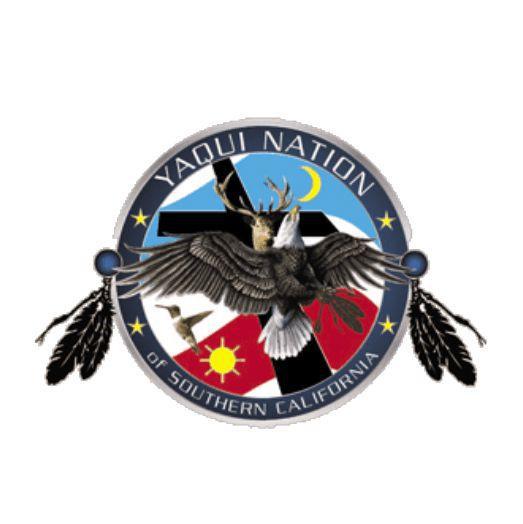from: Native Americans: Yaqui History and Culture. Native-Languages.org
Yaqui Territory
The 1530s–1820s: Conquistadors and missionaries (from Wikipedia)
When the Spanish initial came into contact with the Yaqui in 1533, the Yaqui occupied a territory on the lower course of the Yaqui watercourse. They were calculable to range 13,000 individuals living in eighty villages in a vicinity concerning 60 miles (100 km) long and 15 miles (25 km) wide. Some Yaqui lived close to the mouth of the watercourse and lived off of the resources of the ocean. Most lived in agricultural communities, growing beans, maize, and squash onto land inundated by the watercourse once a year. Others lived within the deserts and mountains and depended upon looking and gathering.
Captain Diego First State Guzmán, leader of Associate in Nursing expedition to explore lands north of the Spanish settlements, encountered the Yaqui in 1533. An outsized range of Yaqui warriors confronted the Spaniards on a level plain. Their leader, an old man, thespian a line within the dirt and told the Spanish to not cross it. He denied the Spanish request for food. A battle ensued. The Spanish claimed success, though they people. So began 40 years of struggle, usually armed, by the Yaqui to guard their culture and lands.
In 1565, Francisco First State Ibarra tried but failed, to determine a Spanish settlement in Yaqui territory. What most likely saved the Yaqui from Associate in Nursing early invasion by the Spaniards was the dearth of silver and alternative precious metals in their territory. In 1608, the Yaqui and a couple of Indian allies were victorious over the Spanish in 2 battles. A peace agreement, in 1610, brought gifts from the Spanish and, in 1617, the visit of Jesuit missionaries.
The Yaqui lived in an exceedingly reciprocally advantageous relationship with the Jesuits for a hundred and twenty years. Most of them regenerate to Christianity whereas retentive several ancient beliefs. The Jesuit rule over the Yaqui was stern however the Yaqui preserved their land and their unity as a nation. The Jesuits introduced wheat, cattle, and horses.
The Yaqui prospered and also the missionaries were allowed to increase their activities additional north. The Jesuit success was expedited by the very fact that the closest Spanish settlement was one hundred miles away and also the Yaqui were ready to avoid interaction with Spanish settlers, troopers, and miners. Important, too, was that epidemics of European diseases that destroyed several native populations seem to not have seriously wedged the Yaqui. The name of the Yaqui as warriors, and the protection afforded by the Jesuits, maybe protected the Yaqui from Spanish slavers. The Jesuits persuaded the Yaqui to settle into eight towns: Bácum, Benem, Cócorit, Huirivis, Pótam, Ráhum, Tórim, and Vícam.
However, by the 1730s, Spanish settlers and miners were invasive on Yaqui land and also the Spanish colonial government began to change the arms-length relationship. This created unrest among the Yaqui and light-emitting diode to a quick however bloody Yaqui and mayonnaise revolt in 1740. One thousand Spanish and 5,000 Native Americans were killed and also the enmity lingered. The missions declined and also the prosperity of the sooner years was regained. The Jesuits were expelled from Mexico in 1767 and also the Franciscan clergymen United Nations agency replaced them ne’er gained the arrogance of the Yaqui.
An uneasy peace between European and Yaqui endured for several years when the revolt, with the Yaqui maintaining their integrated organization and most of their independence from Spanish and, after 1821, Mexican rule.

